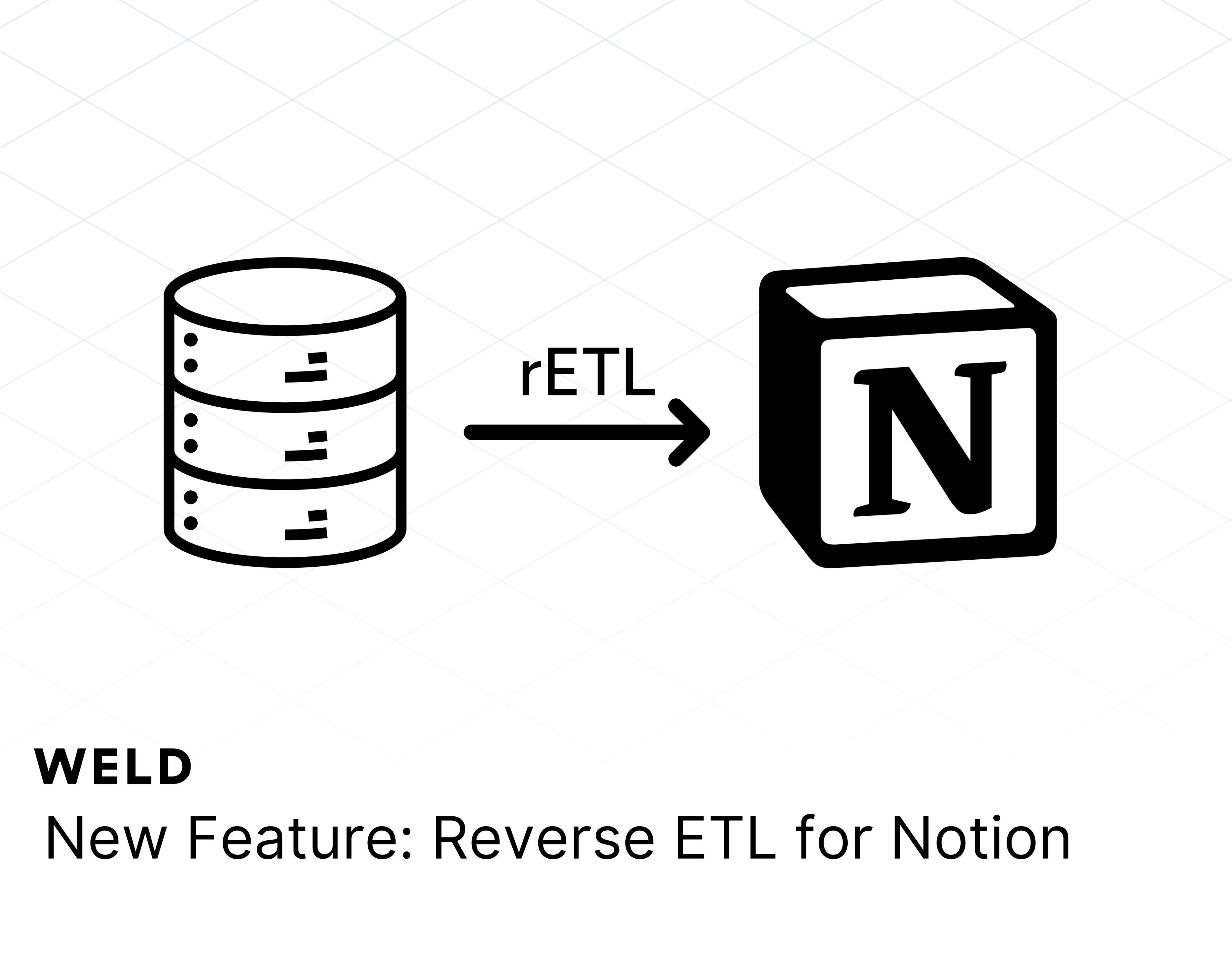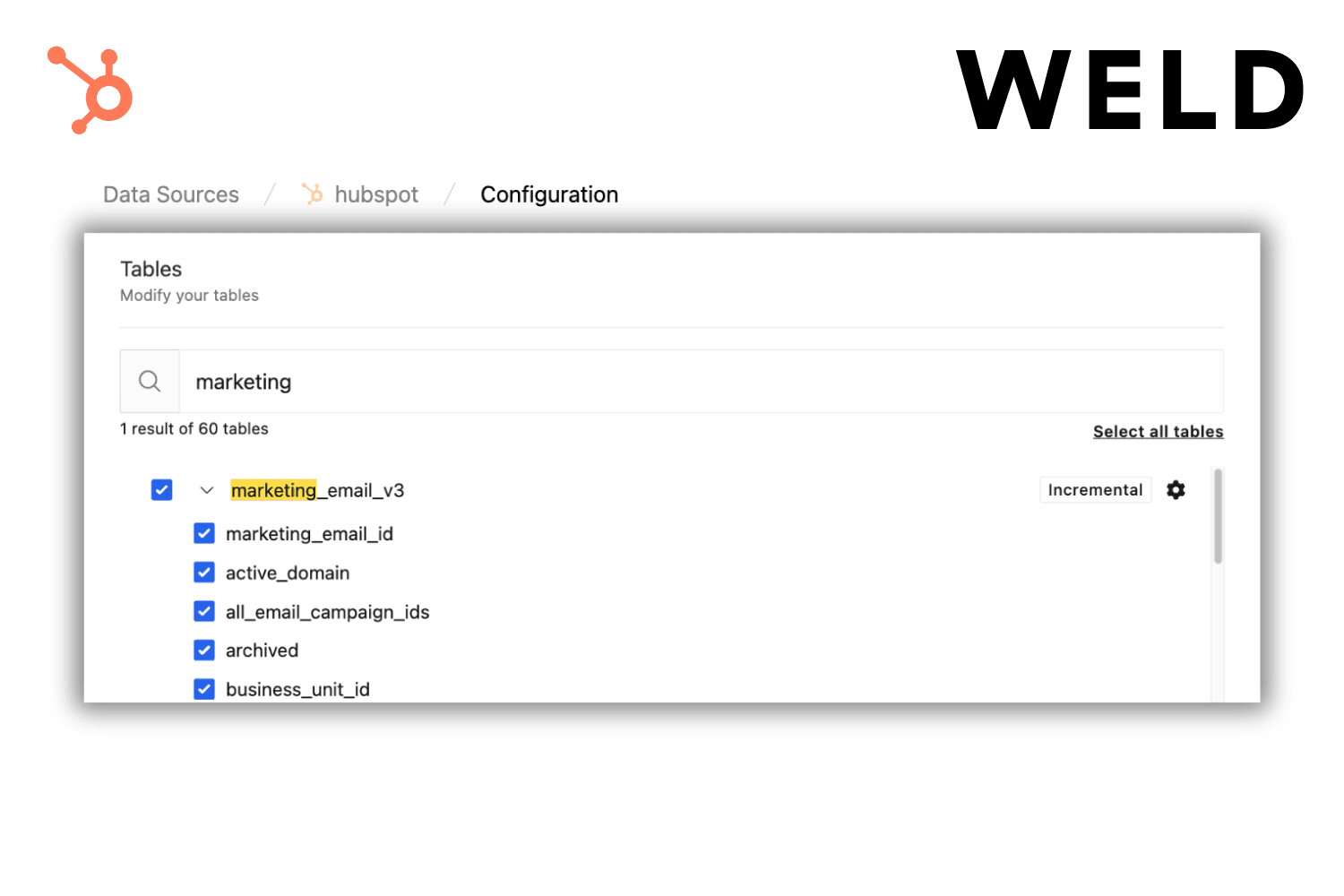When you’re a startup or small business, it’s easy to stay aligned with your team. You might have weekly planning sessions, daily standups, or bi-weekly review meetings that involve people from various functions. People likely use the same software and refer to the same dashboards and reports to track the performance of their initiatives.
But as your business grows, new teams start to form, new tools are introduced, and new ways of thinking come into play. All of this can lead to wonderful, innovative work — but it can also lead to misalignment around goals, priorities, and even outcomes. Maintaining a shared understanding of your Key Performance Indicators (KPIs) helps keep your teams data-driven and high performing as your company scales.
Why is KPI alignment so important?
Alignment is one of the most important factors in a company’s success. When teams are aligned around a shared mission, strategy, and goals, they collaborate better and stay focused on the common objectives and priorities. And when they’re aligned on KPIs and how they evaluate the performance of their work, they’re better equipped to run tests, iterate, and optimize.
Slack’s 2019 State of Work Report found that 75% of aligned workers felt empowered to make strategic business decisions, while only 22% of unaligned workers felt the same way.
Setting people up with the proper tools to track their projects promotes a culture of curiosity, ownership, accountability, and learning. Your teams are empowered to make smart, strategic decisions, and to be more autonomous in their work.
Why is this particularly important as your business scales? Well, the more your workforce grows, the more you’ll have to rely on your employees and your leadership team to make calls that reflect the greater goals. Creating KPI alignment supports them to do just that — and eliminates business data discrepancies from one team to the next.
How to create (and maintain) KPI alignment: 5 strategies
Each of these strategies will contribute to better KPI alignment at your company, whatever stage of growth you’re at. Apply the ones that make the most sense for your business needs.
1. Set cascading team goals
Goals alignment is where it all begins. Your teams need to be aligned on the objectives they’re striving towards together and understand their role in achieving them. It starts with setting clear goals at a company level and outlining which teams will contribute to which goals. Then, teams and individuals can set goals that align directly with the bigger picture. Everyone has a clear understanding of what they’re responsible for and how it supports the collective success of their team and the company.
Part of setting your goals is (or should be) defining how you’ll measure success. As you set your goals, you’ll want to figure out which KPIs you’ll track for each one, and what targets you’re aiming for. Be sure to also define how metrics are calculated so everyone has a common understanding. This is a great opportunity to create KPI alignment, and equips your teams and employees to make their own goals measurable, too.
2. Create a single source of truth
The rise in tooling for business is helping us all do better work, but it’s also causing productivity issues due to increased context switching.
On average people switch between 10 apps 25 times per day to do their work, according to Asana’s 2021 Anatomy of Work Index.
For scalable, long-lasting KPI alignment, you need to consolidate and organize your business data in a data warehouse. With a data warehouse, you can pull information from multiple sources into one central location, creating a single source of truth. Data from your most-used SaaS apps, like Intercom, Shopify, Hubspot, and more are all neatly stored, organized, and made easily accessible.
In the past, making this happen could be a pretty big undertaking for a fully-stacked data team. But modern tools with pre-built integrations have made it possible to set up a data warehouse quickly and easily. Weld’s best-in-class ETL functions get you streaming key business data to a warehouse in minutes, and automatic syncs keep everything up-to-date in real-time.
3. Develop a common language across teams
Once you have a data warehouse to store all of your business data, it’s much easier to get everyone speaking the same language around KPIs. With all the information in one place, you can set clear guidelines for how to measure different metrics and which sources to pull from. This way, when your marketing team shares how many PQLs were generated from their last campaign, your sales team will know exactly what they mean.
In fact, with the right data tools, you can actually program definitions of various metrics into a shared space where everyone accesses company data. This is one of the core functions of Weld’s Metrics Store, where you can build a comprehensive metrics catalogue for your entire company. With easy search and filter options, everyone at your organization can easily understand your KPIs. Plus, clear ownership, change logs, and approval flows help you maintain governance.
4. Get clear, accessible, automated reports
Empowering every team with clear, accessible, automated reports means no one wastes time navigating between apps to guesstimate performance again. Not only does it free up people’s time to focus on work specific to their expertise, it also reduces errors and inaccuracies, improving overall trust in your company’s data.
This was also once a luxury for organizations with a well-established team of data experts. But the power of a data warehouse goes beyond consolidating your KPIs in one location. With Weld Visualize, you can set up automated reporting and data visualization whether you’re a seasoned Data Analyst or a CMO.
5. Send data back to the apps you use most
As the saying goes, you can lead your employees to data, but you can’t make them use it. Jokes aside, you can make your data as clear, trustworthy, and accessible as possible — but this might not translate to a data-driven culture.
91.9% of leaders surveyed in NewVantage Partners’ 2022 Big Data and AI Executive Survey pointed to cultural challenges (adaptability to change, adjusting business processes, staff education, levels of data literacy, etc.) as impediments in their efforts to become data-driven.
Sparking cultural change takes time and dedicated effort. So rather than wait for everyone to adjust to new processes, develop new skills, and learn to navigate even more tools, why not integrate your data directly into their day-to-day work?
When you invest in reverse-ETL, you sync the data from your warehouse back out to the apps and software your teams are already using. That means your sales team will see key data in the CRM, customer success will find key insights in Helpdesk, and everyone stays up-to-date and aligned on KPIs because they’re reflected in the tools people use every day.
It sounds complicated — and it can be — but with a modern reverse-ETL tool like Weld, pre-built connectors with the most popular SaaS tools make it simple and accessible, even for non-technical experts. To learn more about how Weld can help you actualize a data-driven culture at your business, book a call with one of our experts.

Aligned KPIs promote a data-driven culture
Data is so powerful, but it can be intimidating. Employees without technical data expertise can easily get lost or lose trust in your business data, but there are ways to make it more accessible and bring it into people’s day-to-day tasks. And this is important, because understanding the impact of their work is crucial to their engagement, performance, and ultimately your company’s success.
Aligning everyone around your KPIs with these strategies helps foster a data-driven culture and reinforce your teams’ confidence in their decisions. As your company grows and teams start taking on more autonomy, they’ll maintain a shared vision and an understanding of their contribution to the greater objectives.












